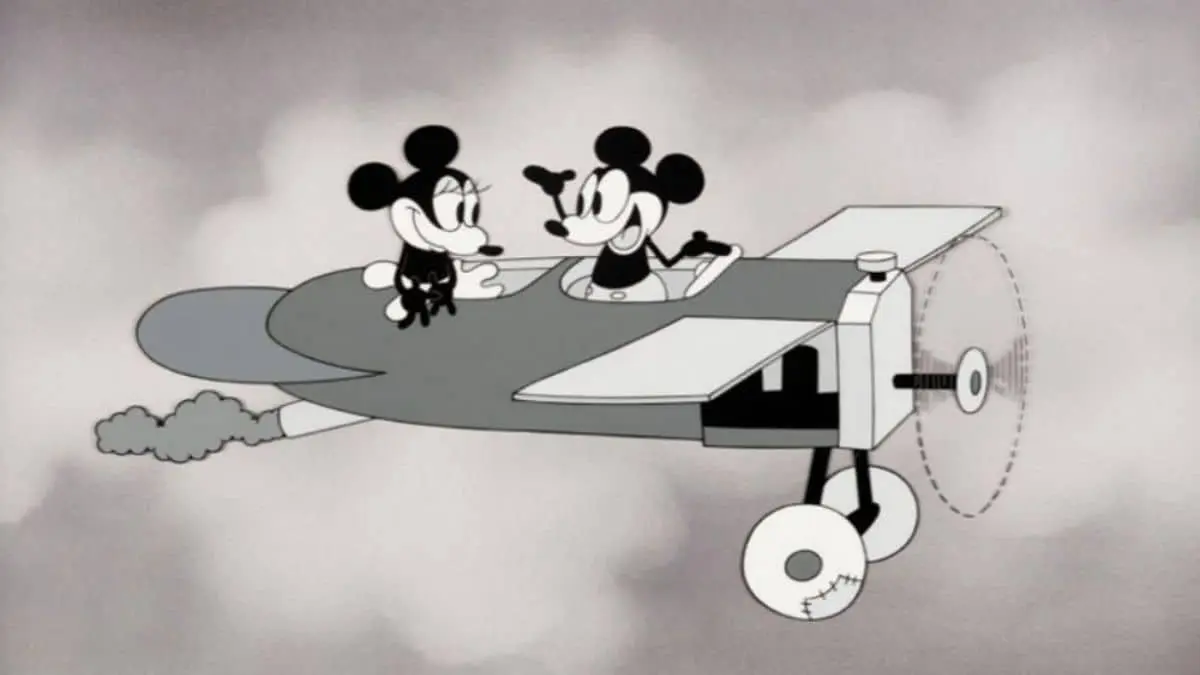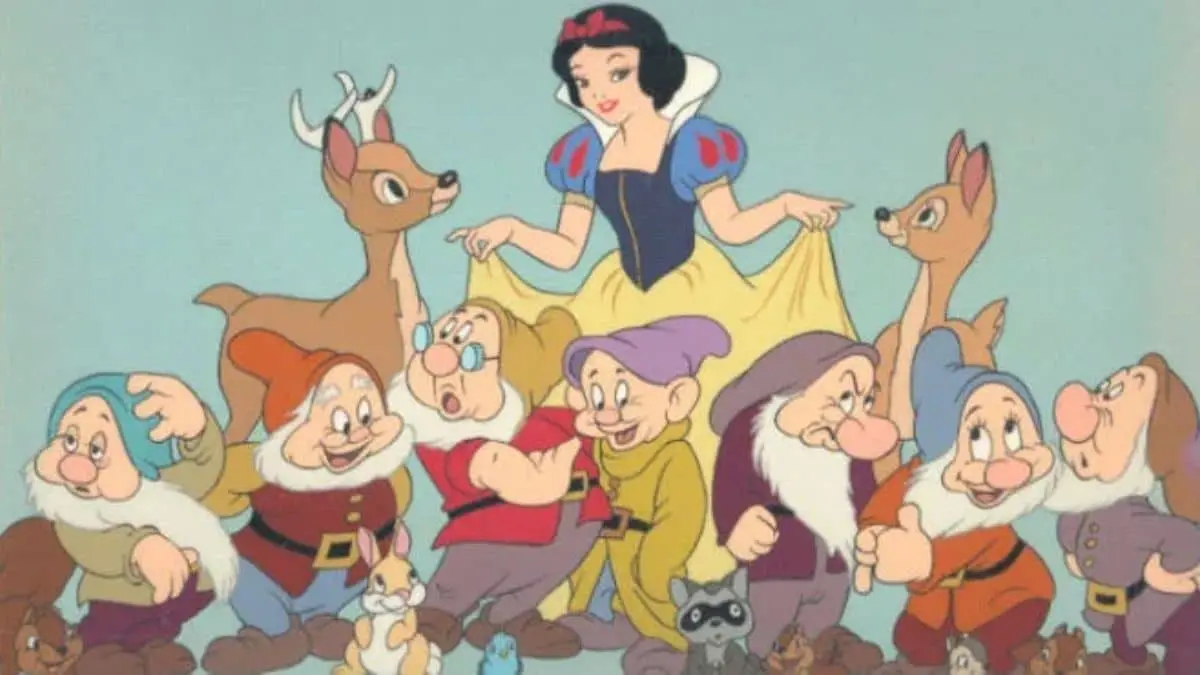Animation has fascinated audiences for over a century, bringing drawings to life in ways that continue to inspire awe. While modern 3D and CGI dominate today’s entertainment landscape, the roots of animation lie in the intricate craft of 2D animation. Let’s dive into the History of 2D Animation, decade by decade.
The Early Days: Pre-1900s to 1910s
The origins of animation can be traced back to the pre-cinematic era when inventors explored ways to create the illusion of motion. Devices like the zoetrope, phenakistoscope, and praxinoscope allowed images to appear in motion when spun or flipped in sequence.
In 1906, J. Stuart Blackton created one of the first animated films, Humorous Phases of Funny Faces, using chalkboard drawings photographed frame by frame. This set the stage for more experimentation in the medium. Shortly after, Émile Cohl’s Fantasmagorie (1908)** introduced hand-drawn animation, featuring surreal transformations and playful sequences.
1920s: The Silent Era and the Birth of Cartoons
The 1920s marked the rise of silent animated shorts. Winsor McCay’s earlier work, such as Gertie the Dinosaur (1914), showcased personality and storytelling through hand-drawn characters. However, it was the creation of the iconic Felix the Cat by Otto Messmer that captured audiences’ hearts worldwide.
The decade’s most significant milestone was the founding of the Walt Disney Company in 1923. Disney’s silent cartoon series, Alice Comedies, and later Oswald the Lucky Rabbit paved the way for a groundbreaking innovation: synchronized sound.
1930s: The Golden Age of Animation
The 1930s heralded the golden age of 2D animation, driven by advancements in technology and storytelling. Disney’s Steamboat Willie (1928), featuring the debut of Mickey Mouse, was the first animated short to synchronize sound and motion seamlessly, revolutionizing the industry.
This era saw the release of the first full-length animated feature, Snow White and the Seven Dwarfs (1937), a monumental achievement for 2D animation. Disney’s use of the multiplane camera, which added depth to scenes, set a new benchmark for visual quality.

1940s: War-Time Animations and the Studio Boom
During World War II, animation studios played a vital role in creating propaganda and training films. Disney produced Victory Through Air Power (1943), while Warner Bros. created animated shorts featuring Bugs Bunny and other Looney Tunes characters as morale boosters for troops.
Outside of war efforts, this decade cemented the rise of studios like MGM and Warner Bros. Iconic characters such as Tom and Jerry, Daffy Duck, and Porky Pig became household names, showcasing the comedic potential of 2D animation.
1950s: Television and the Animation Renaissance
The advent of television in the 1950s transformed animation, making it more accessible to the masses. Hanna-Barbera Productions became a pioneer in creating animated TV shows with their cost-effective limited animation techniques. Shows like The Flintstones and Yogi Bear became staples of American television.
Meanwhile, Disney continued to push boundaries with classics like Cinderella (1950) and Sleeping Beauty (1959). These films maintained the studio’s commitment to high-quality hand-drawn animation, even as television altered the industry’s landscape.
1960s: The Rise of Japanese Animation
The 1960s saw the emergence of anime as a distinct form of 2D animation in Japan. Osamu Tezuka, often called the “God of Manga,” adapted his work Astro Boy into an animated series, becoming a global phenomenon. This minimalist yet expressive animation style heavily influenced the medium worldwide.
In the West, studios continued producing beloved television series like Scooby-Doo, Where Are You! (1969), blending mystery and humor in a family-friendly format.
1970s: Independent Animators and Experimental Styles
The 1970s saw a shift toward experimental and independent animation. Films like Ralph Bakshi’s Fritz the Cat (1972)** introduced mature themes and pushed the boundaries of traditional animation. The decade also saw the release of Yellow Submarine (1968), a psychedelic animated feature inspired by The Beatles’ music.
At the same time, anime gained momentum with feature films like Hayao Miyazaki’s early works, laying the foundation for Studio Ghibli.
1980s: The Digital Age Begins
While 2D animation remained dominant in the 1980s, digital tools began to emerge. Disney faced competition from studios like Don Bluth Productions, which created hits such as The Secret of NIMH (1982) and An American Tail (1986).
Japanese animation surged in popularity with titles like Akira (1988), showcasing detailed artistry and complex narratives. Meanwhile, the rise of Saturday morning cartoons brought characters like Transformers and He-Man into homes, solidifying the era’s nostalgic appeal.
1990s: The Disney Renaissance and Global Expansion
The 1990s are often referred to as the “Disney Renaissance,” marked by films like The Little Mermaid (1989), Beauty and the Beast (1991), and The Lion King (1994). These films blended traditional 2D animation with computer-generated imagery (CGI), creating visually stunning spectacles.
In Japan, Studio Ghibli’s masterpieces, such as Princess Mononoke (1997), captivated international audiences. Meanwhile, TV animation thrived with shows like The Simpsons and Batman: The Animated Series setting new standards for storytelling.

2000s: The Shift to Digital Animation
By the early 2000s, digital technology had transformed the animation industry. Studios like Disney and DreamWorks began integrating digital tools into their workflows. While 3D animation gained popularity, films like The Princess and the Frog (2009) proved the enduring appeal of hand-drawn 2D animation.
Anime flourished globally with hits like Spirited Away (2001), which won an Academy Award, and series such as Naruto and One Piece reaching massive audiences.
2010s and Beyond: Revival and Nostalgia
Despite the dominance of 3D animation, 2D animation experienced a revival in the 2010s. Shows like Adventure Time and Steven Universe brought innovative storytelling and diverse characters to television.
Independent animators and studios, such as Cartoon Saloon with The Secret of Kells (2009) and Wolfwalkers (2020), showcased the artistry of traditional animation. Platforms like YouTube and streaming services also provided new opportunities for 2D animation to thrive.
Also Read: The History of 3D Animation



